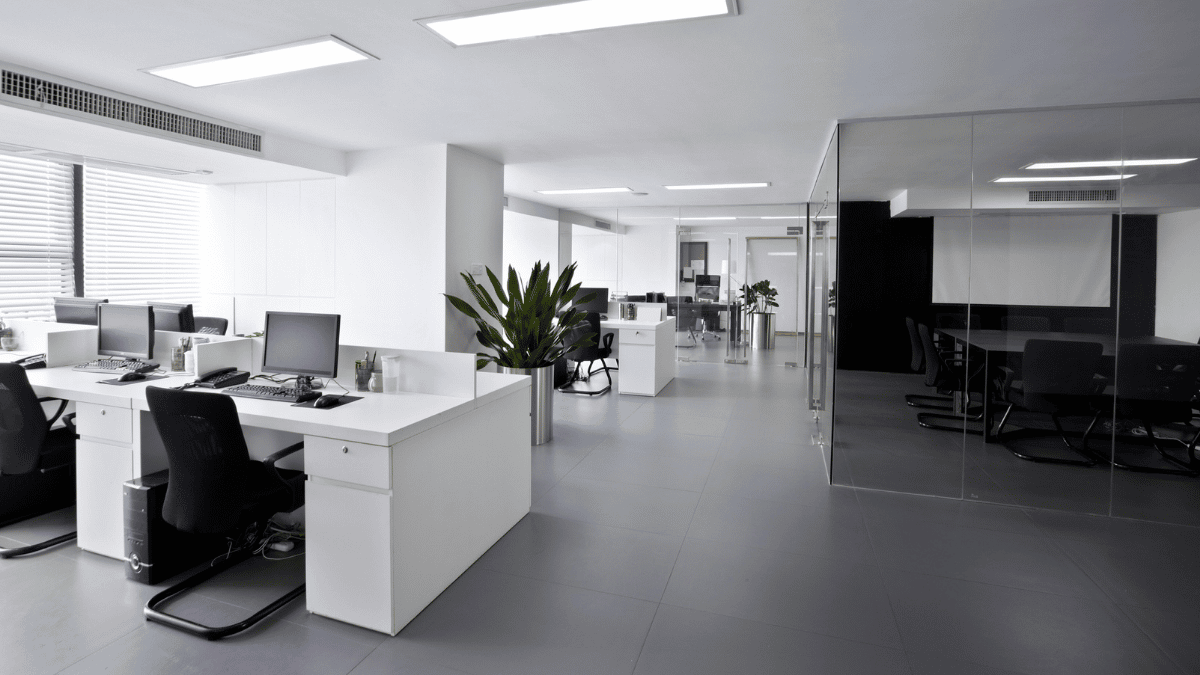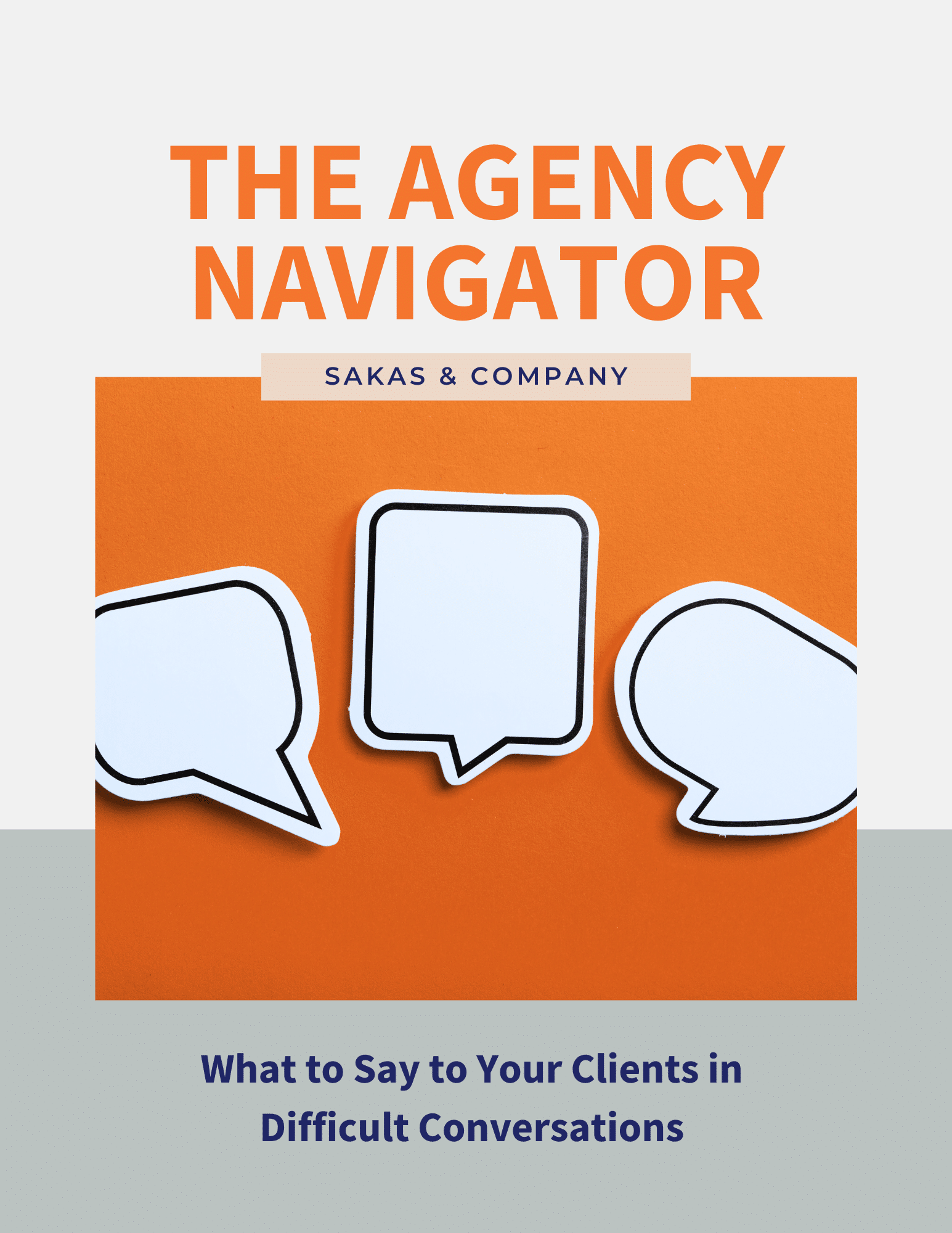Have you stopped to think about how your agency’s office comes across to sales prospects, clients, and prospective employees?
A client in Ohio mentioned his agency’s former office—in a basement space—wasn’t a good fit. The rent was great, but the office’s location and vibe managed to “attract half the wrong clients and repel half the right clients.” Things have improved since they moved to a new space.
I’ve visited a lot of agency offices. They each send a different message—you want to be sure it’s the right message for your agency.
Free Beer… or Overflowing Trash Cans?
During a client on-site in Virginia, I noticed the kitchen garbage cans were overflowing. The agency had a pile of disassembled desks next to the backdoor—an unfortunate reminder to current employees about how many people had quit in the past few months.
During a client on-site in Colorado, I noticed the free soda machine in the kitchen—filled with beer, not soda. That message was different from the overflowing trash cans.
During a client on-site in Boston, I noticed lots of artwork, but none of it was hanging on the walls yet. It looked like they’d just moved in. That was sort of true—they’d been there a few months and hadn’t gotten around to hanging the art.
In situations like these, where waste is piling up and space is limited, it may be necessary to consider renting a dumpster. Dumpster rental services such as Grissman Dumpster Rental can provide businesses with the resources they need to efficiently manage waste on-site, including construction debris, broken furniture, and other unwanted materials. By renting a dumpster, businesses can ensure that their waste is properly collected and disposed of, reducing the risk of workplace hazards and promoting a cleaner, more organized workspace.
Nice Space… plus Hospitality
Yesterday, I visited the IMPACT Branding & Design office in Connecticut. I spoke today at their Brewing Marketing & Sales Success event. Their office was a mix of open floorplan and dedicated conference rooms.
Most agencies have too few conference or meeting rooms—but they had at least five. And their training room is perfect for providing the Training component of my S-I-T agency services model.
Beyond the office design, employees were especially hospitable—at least four people asked me if I needed anything (water, WiFi info, bathroom directions, etc.).
What Not to Do: The Empty Floor
My senior year of college, I interviewed for a consulting position at a large bank. They had what sounded like a great rotational training program. They flew me to New York for a second round of interviews at their HQ.
The in-person experience didn’t live up to their reputation. Employees were yawning and seemed more enthusiastic about working in New York than at the company. It got worse when they divided us up to meet with interviewers on a vacant floor of the skyscraper.
They were using manager-level offices with a nice view. But I was thinking about the center of the floor. The department was filled with low-wall cubicles, with rolling chairs and the usual mess of office supplies. But the computers were all gone. It looked like they’d fired the entire floor.
I didn’t get an offer…but in retrospect, it was probably for the best. Glassdoor has a great article about evaluating company culture during your interviews. If a job candidate read that article before visiting your agency, what would they think?
What to Do Next at Your Agency
Your interviewees, sales prospects, and clients notice the message your office is sending. Not sure where things stand? Here’s where to get started.
- Assess how your office comes across now. Put yourself in the shoes of a sales prospect, current client, and prospective employee.
- Get feedback, from employees and outsiders. Not everyone will want to share honest feedback, but they’re more likely to share if you’re open to whatever they say.
- Identify quick fixes. Use my “$100 office makeover” article to get started.
- Decide whether your current space fits your long-term vision. When you write your Advance Retrospective, talk about the [future] space you’re in.
- Involve your employees in the process. If they don’t love the current space, they’ll be glad to hear you’re making changes.
Question: How happy are you with your office now?


